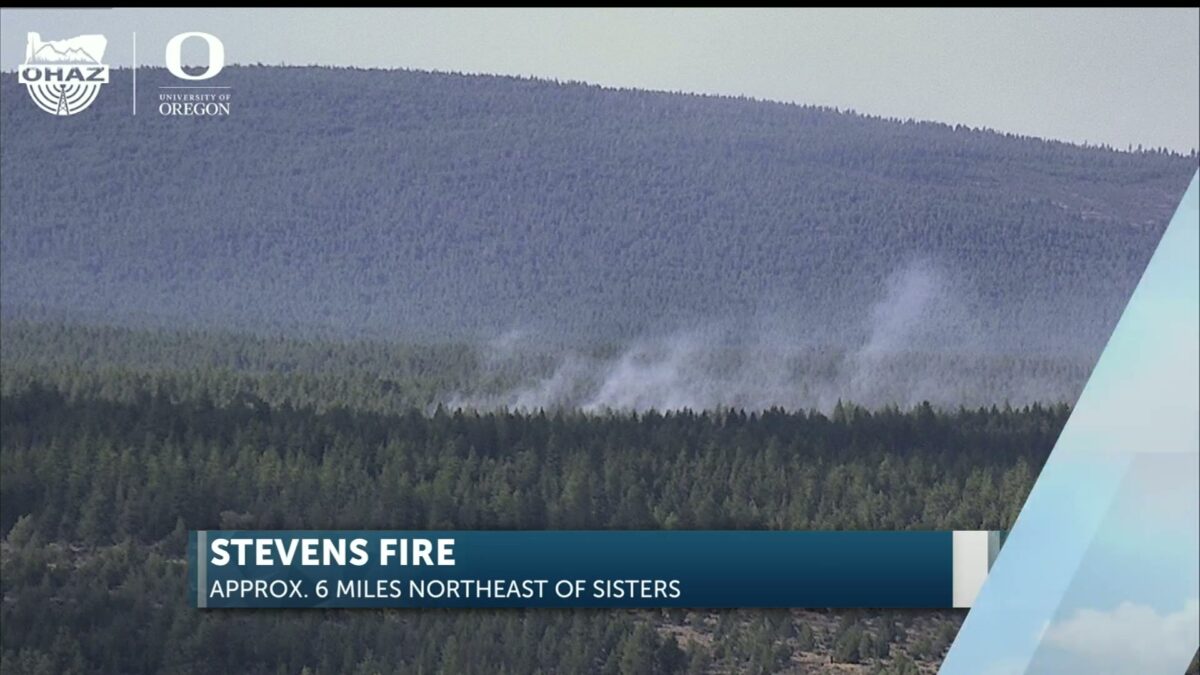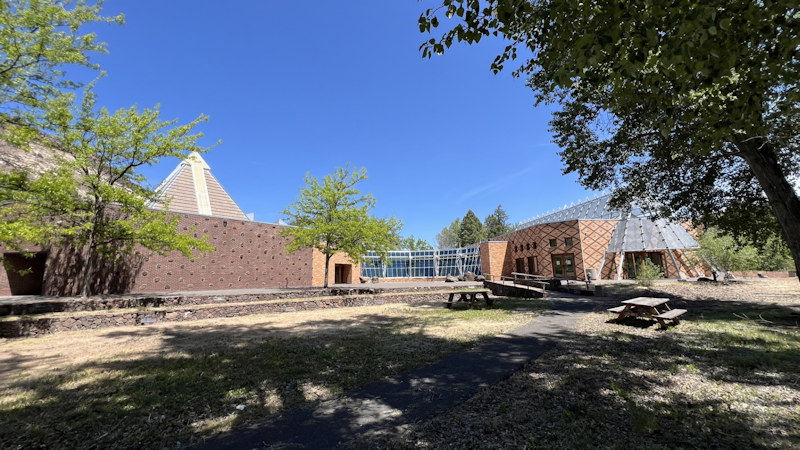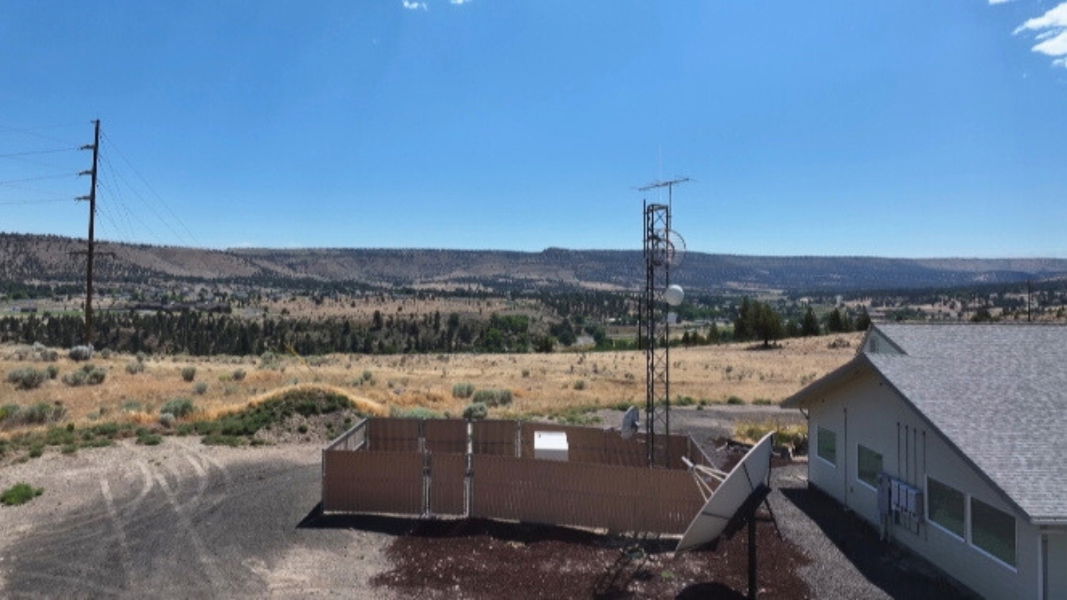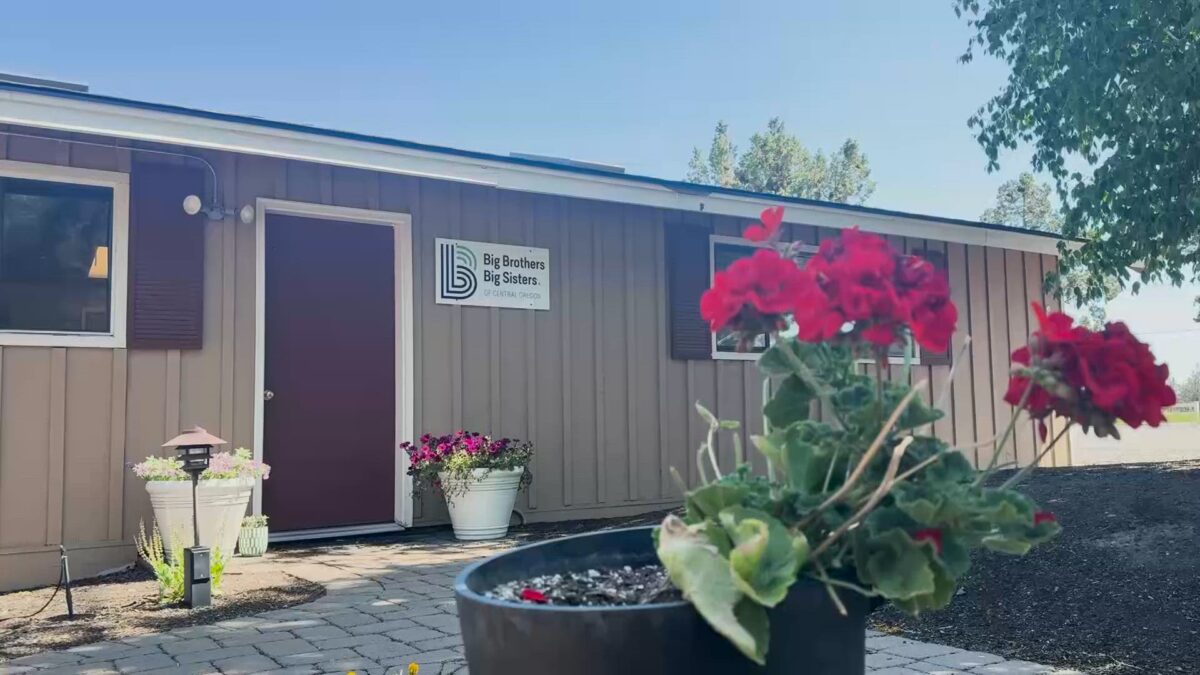Deschutes County Sheriff’s Office presence at Fair and Rodeo not just for safety, but community connection
Claire Elmer
REDMOND, Ore. (KTVZ) — While Central Oregon fairgoers are focused on having fun at the Deschutes County Fair and Rodeo, local law enforcement is working behind the scenes to make sure everyone stays safe.
The Deschutes County Sheriff’s Office (DCSO) has deputies on patrol for assistance and safety, but they also have a booth to meet with community members.
Sgt. David Turkington, a patrol sergeant with DCSO, spoke with KTVZ at the fairgrounds about their ‘official’ roles, and more.
“We mainly try to be a presence for people for answering questions or just responding to any kind of incident. Just making sure people are having a good time with safety in mind,” said Turkington.
From keeping an eye out for suspicious activity to helping people find their lost items, deputies say they’re not just here for safety — they’re also here to connect with the community.
“We love connecting with the community, especially at the fair here. Most people come here looking for a good, fun day. It’s easy to jump on that wagon and either give out stickers, high fives, answer questions, or take photos. We love interacting with them all the time out here,” said Turkington.
DCSO wants their presence to be visible, approachable, and ready to act if something goes wrong.
“The number one thing that we’re looking for is making sure that people are staying happy and safe — and that would look like making sure that they know where they’re going, answering questions about where things are. Or if somebody is looking like they could use some hydration or first aid, we’re there for that,” Turkington said.
Turkington says the fair gives the sheriff’s office a chance to build relationships and help answer questions people may have, either for or about law enforcement.
“People ask a question like, ‘hey, I had this question about something going on with my neighbor’. So it’s a good time just to get ahead of things that we may encounter later out in the community. But we get started here,” said Turkington.
When it comes to operations, preparation for the fair takes plenty of planning and communication. DCSO works with Redmond Police and Fire as well as an independent security company to help keep all things covered, and safe.
“I have a couple different radios that we talk on all the time. And just make sure that when there’s something going on, whether it’s our call or their call, we all know about it. And we try to coordinate to provide the best service possible. Everyone’s out here to help, and we’re all a big team to make that make that happen,” said Turkington.
So while you’re enjoying concerts, rides, and great food, know that the Deschutes County Sheriff’s Office is there to make sure that your experience is both a fun and safe one.
And if you need anything — “just flag somebody down and we’ll get you help,” said Turkington.









